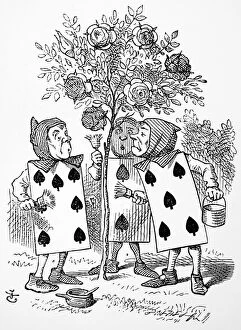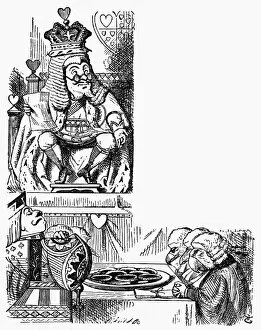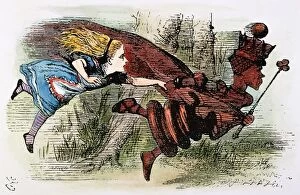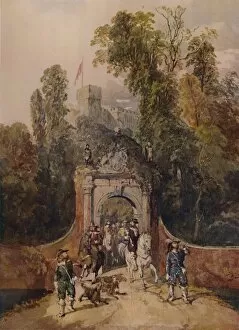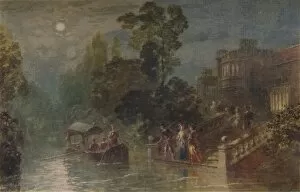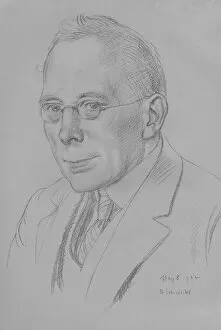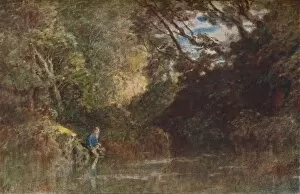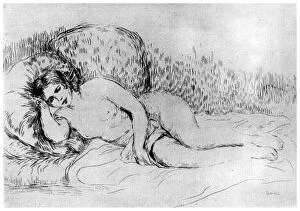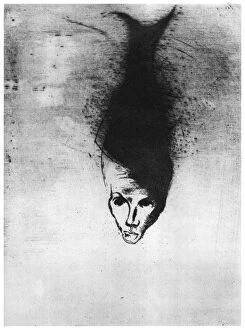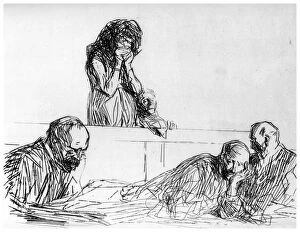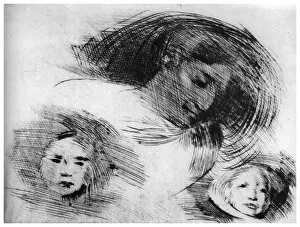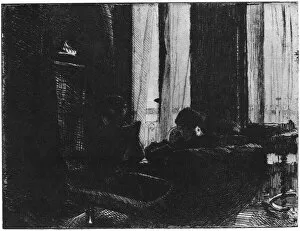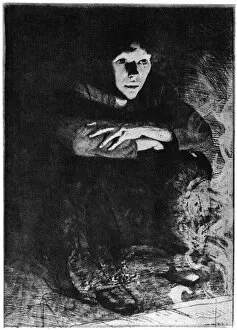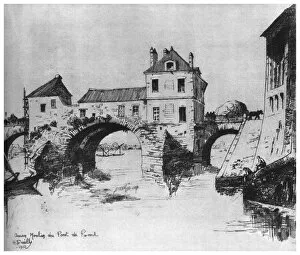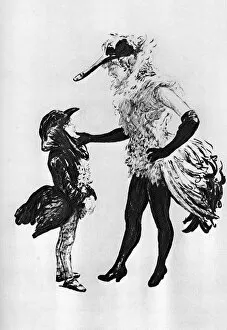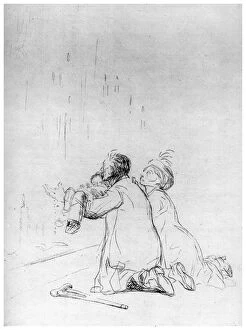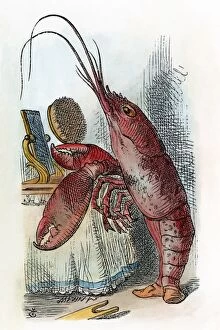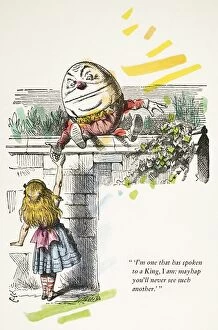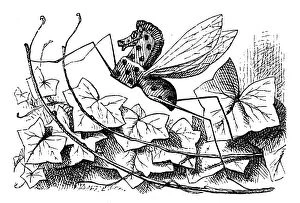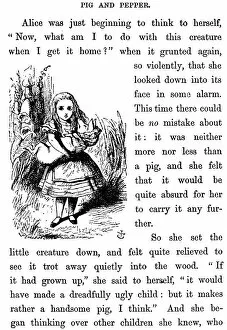Dodgson Collection (#3)
"Dodgson: The Enigmatic Mind Behind Alice in Wonderland" Step into the whimsical world of Dodgson, better known as Lewis Carroll
For sale as Licensed Images
Choose your image, Select your licence and Download the media
"Dodgson: The Enigmatic Mind Behind Alice in Wonderland" Step into the whimsical world of Dodgson, better known as Lewis Carroll, the mastermind behind one of literature's most beloved tales. In 1865, he introduced us to "Alice's Adventures in Wonderland, " enchanting readers with a captivating narrative that defied logic and embraced imagination. Accompanied by the iconic illustrations of John Tenniel, Dodgson transported us to a realm where talking animals and peculiar characters roamed freely. Who could forget the mischievous Cheshire Cat, its grin lingering long after it vanished? Tenniel's portrayal perfectly captured this enigmatic creature that guided Alice through her extraordinary journey. Dodgson continued his fantastical tale with "Alice's Mad-Tea Party, " inviting us to join Alice as she encountered the eccentric March Hare, Hatter, and Dormouse. Their chaotic tea party became an emblematic scene filled with riddles and absurdity. Tenniel's wood engraving brought these characters to life, forever etching their madness into our minds. But Dodgson didn't stop there; he beckoned us further through the looking glass. With "Looking Glass, " we witnessed Alice stepping into another dimension full of wonderment and perplexity. The ticket-taker on the train inspected her arrival with opera glasses while she embarked on yet another extraordinary adventure. Beyond his literary prowess, Dodgson was also Charles Lutwidge Dodgson - a multifaceted individual who dabbled in photography and mathematics. His photographic skills were evident in his self-portrait taken around 1856 – a glimpse into the face behind Carroll. Dodgson's influence extended beyond literature; even artists like George Haydock Dodgson found inspiration from his creations. In "A Summer Night: The Terrace, " we catch a glimpse of Haddon Hall bathed in moonlight – perhaps a setting that could have sprung from the pages of Dodgson's imagination.


